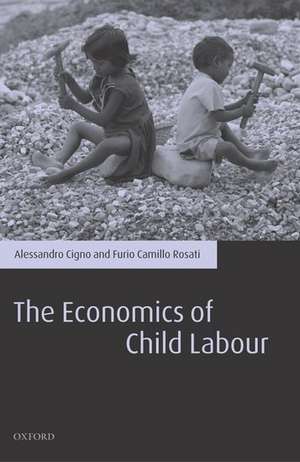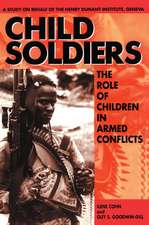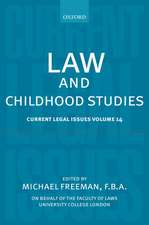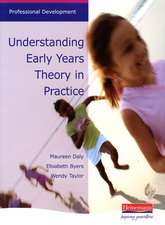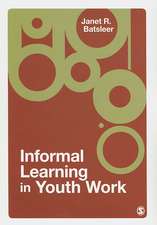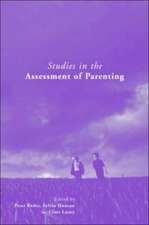The Economics of Child Labour
Autor Alessandro Cigno, Furio Camillo Rosatien Limba Engleză Hardback – 28 iul 2005
Preț: 832.58 lei
Preț vechi: 1263.86 lei
-34% Nou
Puncte Express: 1249
Preț estimativ în valută:
159.32€ • 170.36$ • 132.83£
159.32€ • 170.36$ • 132.83£
Carte tipărită la comandă
Livrare economică 07-12 aprilie
Preluare comenzi: 021 569.72.76
Specificații
ISBN-13: 9780199264452
ISBN-10: 0199264457
Pagini: 264
Ilustrații: numerous diagrams and tables
Dimensiuni: 162 x 241 x 21 mm
Greutate: 0.54 kg
Editura: OUP OXFORD
Colecția OUP Oxford
Locul publicării:Oxford, United Kingdom
ISBN-10: 0199264457
Pagini: 264
Ilustrații: numerous diagrams and tables
Dimensiuni: 162 x 241 x 21 mm
Greutate: 0.54 kg
Editura: OUP OXFORD
Colecția OUP Oxford
Locul publicării:Oxford, United Kingdom
Recenzii
The book is a welcome addition to the literature. It should be of interest to development economists in general, and not merely those with research interests in child labour.
A commendable job of surveying and sythesising the issues and controversies, both theoretical and empirical...rigorous and clear.The book is a welcome addition to the literature.
Alessandro Cigno and Furio Camillo Rosati convincingly demonstrate multiple policy choices that could, at the very least, reduce the worst forms of child labor...Overall, this book is a much-needed contribution to the body of work that examines child labor. The transparent methodology and econometric details found in the text and appendices lend credibility to the author's work.
A commendable job of surveying and sythesising the issues and controversies, both theoretical and empirical...rigorous and clear.The book is a welcome addition to the literature.
Alessandro Cigno and Furio Camillo Rosati convincingly demonstrate multiple policy choices that could, at the very least, reduce the worst forms of child labor...Overall, this book is a much-needed contribution to the body of work that examines child labor. The transparent methodology and econometric details found in the text and appendices lend credibility to the author's work.
Notă biografică
Alessandro Cigno is Professor of Economics at the University of Florence, President of CHILD, Fellow of CESifo and IZA, and an editor of the Journal of Population Economics. He has been a professor at the universities of Pisa, Hull and Birmingham. His visiting appointments include Munich, Paris (Science-Po), Argentina (Salta), Guatemala (Landivar), Wisconsin (Madison) and California (Santa Barbara). He has consulted for the British Council (India), Cooperazione Italiana, the EU Commission, UNICEF and the World Bank.Furio Camillo Rosati is currently professor of Public Economics at the University of Rome "Tor Vergata" and director of the joint ILO- World Bank - UNICEF research project "Understanding Children's Work". He has worked extensively with several international organizations including the ILO, the EU and the World Bank.
